Topkapi Palace Museum - Ticket Price & Opening Hours
Table of Contents
-
Introduction to Topkapi Palace Museum in Istanbul, Turkey
-
History of Topkapi Palace: From Sultan's Residence to Museum
-
Exploring the Topkapi Museum: Exhibits and Collections
-
Essential Information for Visitors
-
Opening Hours of Topkapi Palace
-
Topkapi Palace Ticket Price and Online Booking Options
-
Location and How to Get There
-
Touring Topkapi Palace: What to See and Do
-
Highlights of the Palace Interior
-
Visiting the Harem: Insights into Ottoman Royalty
-
Topkapi Palace Kitchens: Culinary History
-
Planning Your Visit
-
Recommended Tour Times
-
Tips for Avoiding Crowds
-
Accessibility Information
-
Exploring Beyond Topkapi
-
Nearby Attractions and Points of Interest
-
Topkapi Palace Beach and Surrounding Areas
-
Conclusion: Capturing Memories at Topkapi Palace
-
FAQs
-
When was Topkapi Palace Built?
-
What is the Topkapi Palace Entrance Fee?
-
What are the Highlights of the Palace Interior?
-
Is Photography Allowed Inside Topkapi Palace?
-
Are Guided Tours Available?
-
How Long Does It Take to Explore Topkapi Palace?
-
Is Topkapi Palace Wheelchair Accessible?
-
Can Tickets for Topkapi Palace be Purchased Online?
1. Introduction to Topkapi Palace Museum in Istanbul, Turkey
Nestled within the heart of Istanbul, Turkey, the Topkapi Palace Museum stands as a timeless emblem of the city's rich historical and cultural heritage. Once serving as the opulent residence of Ottoman sultans for over four centuries, this majestic complex now serves as a captivating museum, offering visitors a glimpse into the grandeur and splendor of bygone eras.
Topkapi Palace Museum holds a significant place in Turkey's history, symbolizing the power and prestige of the Ottoman Empire. Constructed in the 15th century by Sultan Mehmed II, also known as Mehmed the Conqueror, the palace served as the primary residence and administrative center for successive Ottoman rulers until the 19th century.
Today, the Topkapi Palace Museum stands as a testament to the cultural fusion that defines Istanbul, showcasing an exquisite blend of Byzantine, Ottoman, and Islamic architectural styles. From its imposing gates and lush gardens to its lavishly decorated chambers and sprawling courtyards, every corner of the palace exudes an aura of magnificence and grandeur.
Visitors to the Topkapi Palace Museum can embark on a captivating journey through history, exploring its vast array of artifacts, treasures, and relics that offer insights into the lives of Ottoman sultans, their families, and the imperial court. From intricate ceramic tiles and dazzling jewels to priceless manuscripts and sacred relics, the museum's collections reflect the opulence and sophistication of Ottoman culture.
Whether you're a history enthusiast, an architecture aficionado, or simply a curious traveler seeking to uncover the secrets of the past, Topkapi Palace Museum promises an unforgettable experience that will leave you in awe of Istanbul's rich cultural heritage. Join us as we embark on a virtual tour of this iconic landmark, delving into its fascinating history, architectural marvels, and enduring legacy.
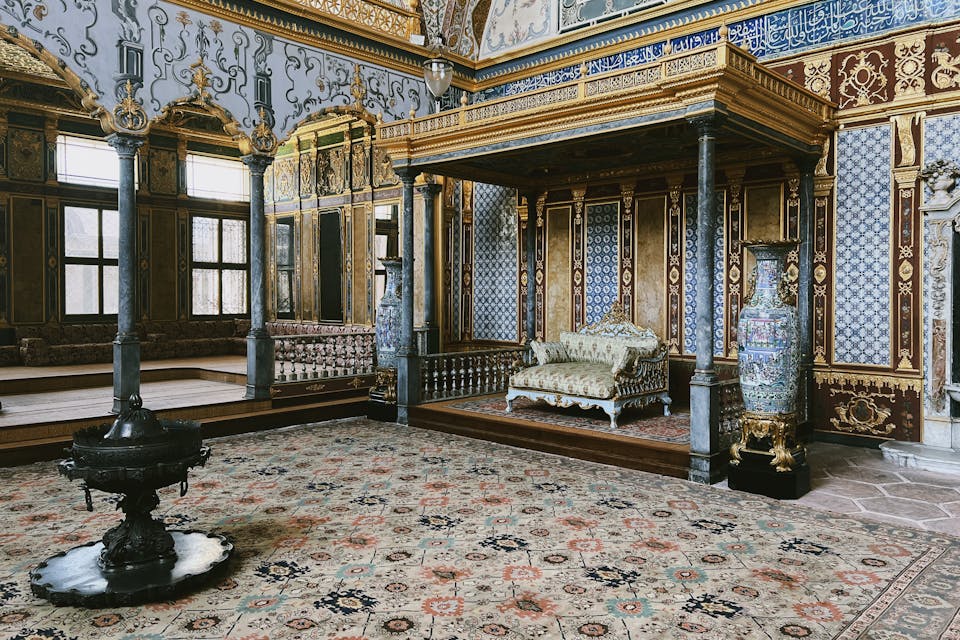
2. History of Topkapi Palace: From Sultan's Residence to Museum
The history of Topkapi Palace is as rich and complex as the empire it once housed. Constructed in the 15th century by Sultan Mehmed II, shortly after the conquest of Constantinople in 1453, the palace served as the official residence and seat of power for Ottoman sultans for nearly four centuries.
Originally designed as a symbol of Ottoman grandeur and dominance, Topkapi Palace underwent several expansions and renovations over the centuries, evolving into a sprawling complex that encompassed a vast array of buildings, courtyards, and gardens. Each successive ruler left their mark on the palace, adding new wings, pavilions, and embellishments to reflect their own tastes and preferences.
At the height of its glory, Topkapi Palace was not only the political and administrative center of the Ottoman Empire but also a vibrant cultural hub where artists, scholars, and dignitaries from across the globe converged to exchange ideas and forge alliances.
However, as the Ottoman Empire began to decline in the 19th century, the importance of Topkapi Palace waned, and the sultans gradually moved their residences to other palaces within the city. In 1924, following the establishment of the Republic of Turkey, Topkapi Palace was transformed into a museum by the decree of Mustafa Kemal Atatürk, the founder of modern Turkey.
Since then, Topkapi Palace Museum has served as a custodian of Turkey's cultural heritage, preserving its priceless treasures and artifacts for future generations to appreciate and admire. Today, the museum welcomes millions of visitors each year, offering them a glimpse into the opulent world of the Ottoman sultans and the splendor of Istanbul's imperial past.
As we delve deeper into the history of Topkapi Palace, we will uncover the stories of the rulers who once walked its halls, the events that shaped its destiny, and the enduring legacy that continues to captivate visitors from around the world. Join us as we unravel the mysteries of this magnificent palace and explore its role in shaping the history of Istanbul and the Ottoman Empire.
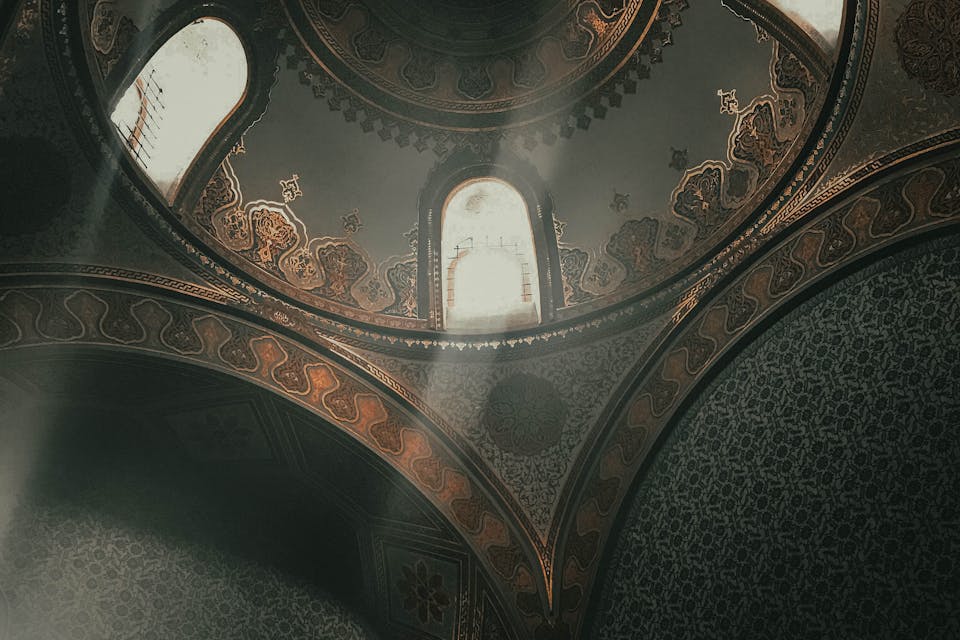
3. Exploring the Topkapi Museum: Exhibits and Collections
The Topkapi Museum presents a treasure trove of artifacts and exhibits that offer a fascinating glimpse into the rich tapestry of Ottoman history and culture. Spread across its sprawling complex, the museum's collections encompass a diverse range of objects, from exquisite artworks and royal regalia to everyday items and religious relics.
One of the highlights of the museum is its vast collection of imperial treasures, including dazzling jewels, intricately crafted swords, and ornate ceremonial robes. These priceless artifacts provide a glimpse into the opulent lifestyle of the Ottoman sultans and their court, showcasing the wealth and power that once defined the empire.
Visitors can also explore the museum's extensive collection of Islamic art and calligraphy, which includes beautifully illuminated manuscripts, intricately carved wooden panels, and stunning examples of ceramic tilework. These artworks offer insights into the cultural and artistic achievements of the Islamic world, spanning centuries of creativity and innovation.
Another notable feature of the Topkapi Museum is its collection of sacred relics, which are housed in the Chamber of the Holy Mantle. Here, visitors can view items believed to be associated with the Prophet Muhammad and other revered figures in Islamic history, including his cloak, sword, and footprint.
In addition to its permanent exhibits, the museum also hosts temporary exhibitions and special events throughout the year, providing visitors with new opportunities to explore different aspects of Ottoman history and culture.
Whether you're a history buff, an art enthusiast, or simply curious about the world of the Ottoman Empire, the Topkapi Museum offers something for everyone. Join us as we embark on a journey through its hallowed halls, uncovering the treasures and stories that continue to captivate visitors from around the world.

4. Essential Information for Visitors
Before embarking on your journey to explore the wonders of Topkapi Palace Museum, it's essential to have all the necessary information to make your visit as smooth and enjoyable as possible. From opening hours to Topkapi Palace ticket price and practical tips, this section covers everything you need to know before you go.
4.1. Opening Hours of Topkapi Palace
Topkapi Palace Museum operates on specific hours, which may vary depending on the season. It's advisable to check the official website or contact the museum directly for the most up-to-date information regarding opening times.
4.2. Topkapi Palace Ticket Price and Online Booking Options
Admission fees to Topkapi Palace Museum are typically charged, with discounts available for students, seniors, and children. Additionally, purchasing tickets online in advance can help you save time and avoid long queues at the entrance. Be sure to check for any combo tickets or special offers that may provide access to multiple attractions in Istanbul.
4.3. Location and How to Get There
Situated in the heart of Istanbul's historic district, Topkapi Palace Museum is easily accessible by public transportation, including buses, trams, and ferries. Visitors can also opt to take a taxi or use ride-sharing services to reach the museum. Detailed directions and maps are available on the official website to help you navigate your way to the palace.
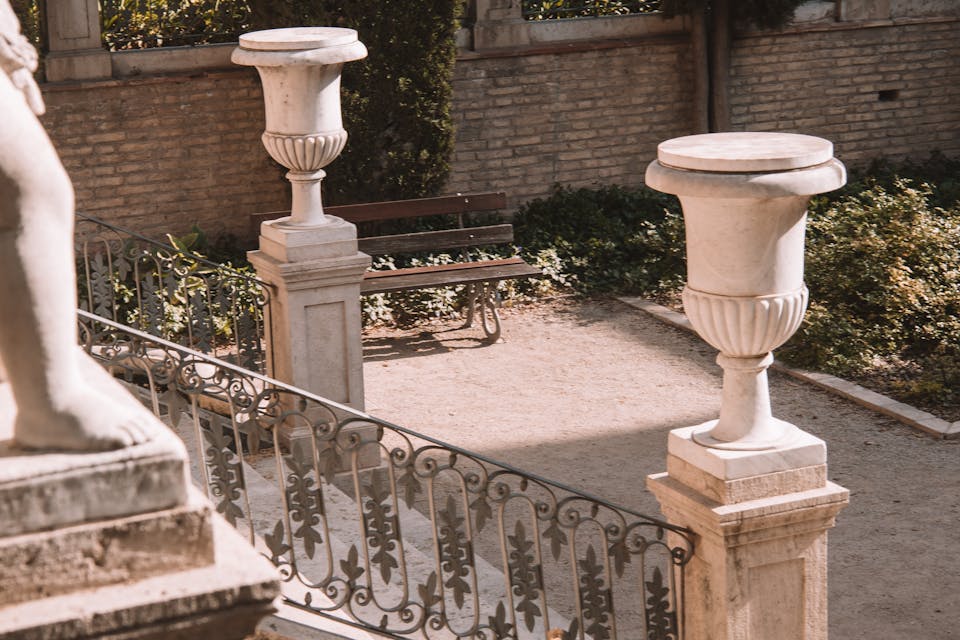
5. Touring Topkapi Palace: What to See and Do
Upon arrival at Topkapi Palace Museum, visitors are greeted with a myriad of attractions to explore, including the Harem, Imperial Treasury, and the Sacred Relics Chamber. It's advisable to plan your visit in advance and prioritize the exhibits and areas you most want to see to make the most of your time.
5.1. Highlights of the Palace Interior
Within the palace's walls, you'll discover a wealth of architectural marvels, including stunning courtyards, opulent chambers, and intricately tiled halls. Don't miss the breathtaking views of the Bosphorus from the Fourth Courtyard or the serene ambiance of the Imperial Council Chamber.
5.2 Visiting the Harem: Insights into Ottoman Royalty
A tour of the Harem offers a fascinating glimpse into the private lives of the sultans and their families, with beautifully decorated rooms and lush gardens that once served as their secluded sanctuary. Keep in mind that separate tickets are required for entry to the Harem, and guided tours are available for those who wish to delve deeper into its history.
5.3. Topkapi Palace Kitchens: Culinary History
For a unique perspective on Ottoman cuisine and culinary traditions, be sure to explore the palace kitchens, where you'll find an array of utensils, cookware, and artifacts related to food preparation and dining customs.
By familiarizing yourself with this essential information, you'll be well-prepared to embark on an unforgettable journey through the storied halls of Topkapi Palace Museum, immersing yourself in the rich history and culture of Istanbul and the Ottoman Empire.
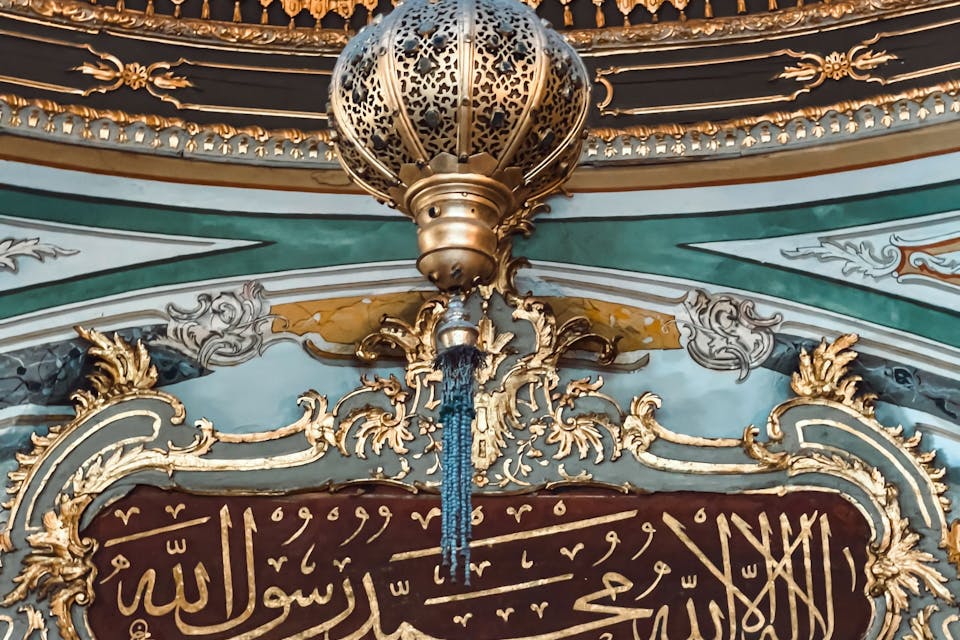
6. Planning Your Visit
6.1. Recommended Tour Times
Optimal tour times at Topkapi Palace can vary depending on personal preferences and the season. Generally, early mornings or late afternoons tend to be less crowded, offering a more tranquil atmosphere for exploration. Aim to arrive shortly after opening or closer to closing time to enjoy quieter periods and ample time to appreciate the exhibits.
6.2. Tips for Avoiding Crowds
To avoid crowds at Topkapi Palace, consider visiting during off-peak hours, typically early mornings on weekdays. Alternatively, plan your visit during the shoulder seasons (spring and autumn) when tourist numbers are lower compared to the peak summer months. Additionally, purchasing tickets in advance and utilizing skip-the-line options can help minimize waiting times.
6.3. Accessibility Information
Topkapi Palace strives to provide accessibility options for visitors with mobility challenges. While certain areas may have limited accessibility due to the historic nature of the site, the palace offers ramps, elevators, and designated parking spaces for visitors with disabilities. Wheelchair users and those with specific accessibility requirements are encouraged to contact the palace in advance to make necessary arrangements and ensure a comfortable visit.
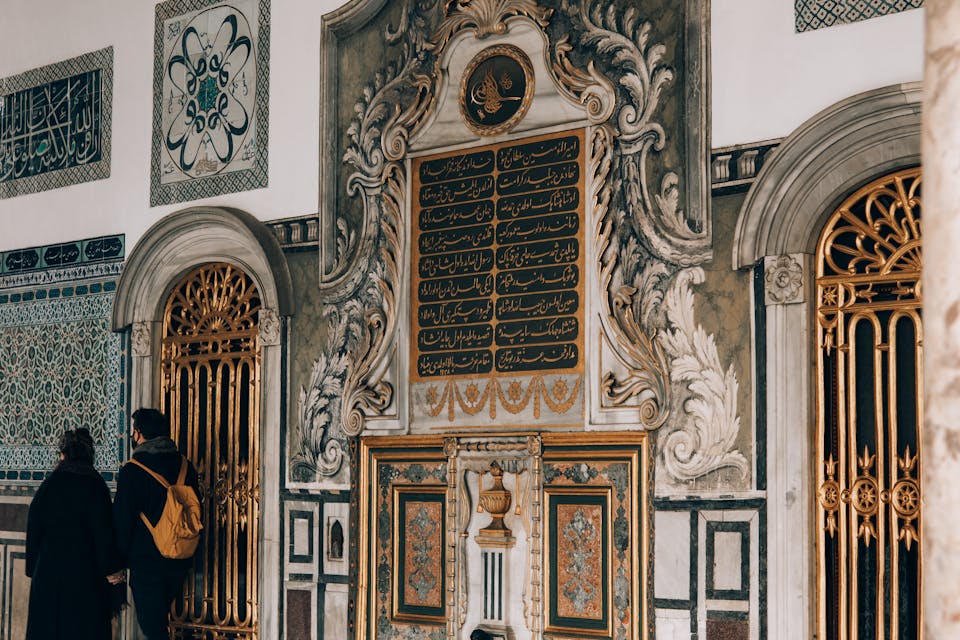
7. Exploring Beyond Topkapi
Once you've soaked in the grandeur of Topkapi Palace, venture beyond its gates to uncover more of Istanbul's treasures. Here are some nearby attractions and points of interest waiting to be explored:
7.1 Nearby Attractions and Points of Interest
Dive deeper into Istanbul's rich history by visiting nearby attractions such as Hagia Sophia and the Blue Mosque. Marvel at the breathtaking architecture and intricate designs of these iconic landmarks, each steeped in centuries of cultural significance. Don't forget to wander through the vibrant stalls of the Grand Bazaar, where you can haggle for spices, textiles, and souvenirs.
7.2 Topkapi Palace Beach and Surrounding Areas
Take a tranquil stroll along the shores of the Bosphorus to Topkapi Palace Beach, where you can unwind amidst stunning views of the palace and the shimmering waters. Explore the serene surroundings, including Gulhane Park and Sultanahmet Square, where lush greenery and historic monuments provide the perfect backdrop for relaxation and reflection.
Embark on a journey beyond Topkapi Palace to immerse yourself in Istanbul's diverse tapestry of culture, history, and natural beauty.
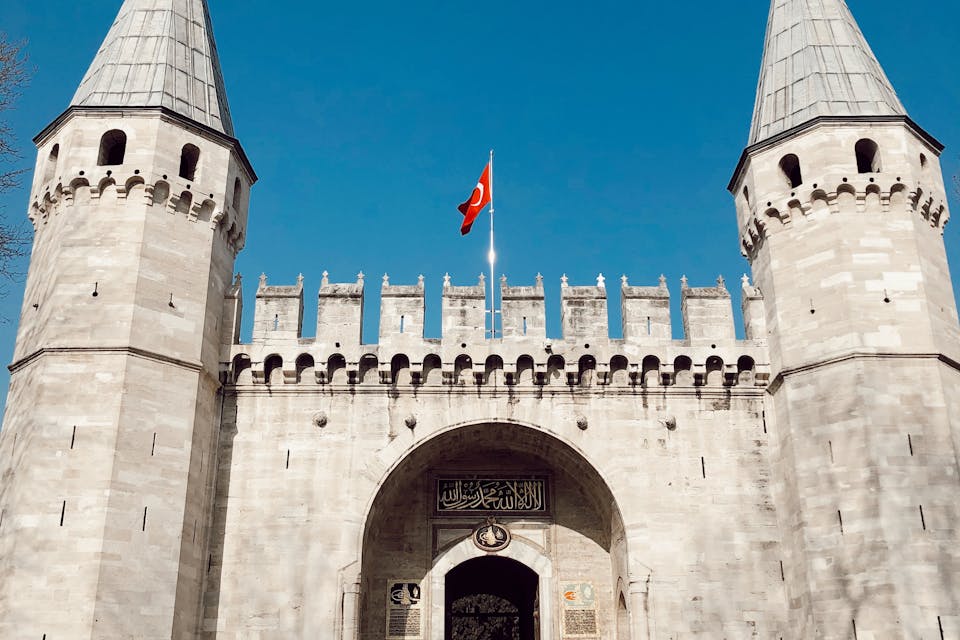
8. Conclusion: Capturing Memories at Topkapi Palace
As your journey through the halls of Topkapi Palace comes to an end, you're left with memories that will last a lifetime. From the moment you entered this majestic complex, you were transported back in time to an era of sultans, concubines, and courtly intrigue. The grandeur of the palace, with its ornate chambers, lush gardens, and priceless treasures, has left an indelible mark on your imagination.
But Topkapi Palace is more than just a monument to the past; it's a living testament to the enduring legacy of Istanbul and the Ottoman Empire. As you explored its halls and galleries, you gained a deeper understanding of the cultural fusion that defines this vibrant city, where East meets West and tradition meets modernity.
Whether you marveled at the dazzling jewels of the Treasury, wandered through the serene beauty of the palace gardens, or pondered the mysteries of the Harem, each moment spent at Topkapi Palace was a journey of discovery and wonder. You were transported to a world where history comes alive, where the echoes of centuries past still resonate in every stone and tile.
As you prepare to leave Topkapi Palace behind, you carry with you not only memories but also a sense of awe and appreciation for the rich tapestry of Istanbul's heritage. Whether you're a history enthusiast, an art lover, or simply a curious traveler, Topkapi Palace has left an indelible impression on your soul, reminding you of the timeless beauty and grandeur of this extraordinary city.
As you step out into the bustling streets of Istanbul, take a moment to reflect on the experiences you've had and the memories you've made. And remember, the journey doesn't end here; there are countless more adventures waiting to be discovered in this magical city, where every corner holds a story and every step leads to new discoveries. So until we meet again, farewell, Topkapi Palace, and thank you for an unforgettable journey through history.
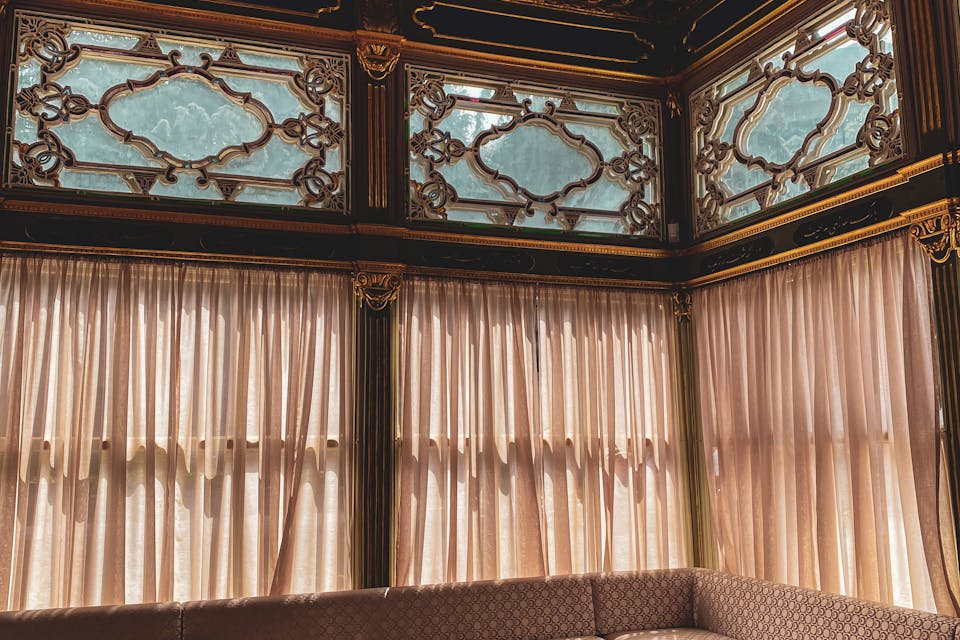
9. FAQs
As you prepare for your visit to Topkapi Palace, it's common to have questions about various aspects of the experience. Here are some frequently asked questions and answers to help you better plan your trip:
9.1. When was Topkapi Palace Built?
Topkapi Palace was constructed in the 15th century by Sultan Mehmed II, shortly after the conquest of Constantinople in 1453.
9.2. What is the Topkapi Palace Entrance Fee?
The entrance fee for Topkapi Palace varies depending on factors such as age, nationality, and whether you qualify for any discounts. It's advisable to check the official website or contact the palace directly for up-to-date information on Topkapi Palace ticket price.
9.3. What are the Highlights of the Palace Interior?
Some of the notable highlights of the palace interior include the Imperial Council Chamber, the Harem, the Treasury, and the Sultan's Apartments. Each area offers unique insights into the life and culture of the Ottoman Empire.
9.4. Is Photography Allowed Inside Topkapi Palace?
Photography is generally permitted inside Topkapi Palace, but there may be restrictions in certain areas, particularly those housing delicate artifacts or exhibits. It's recommended to respect any signage or instructions provided by museum staff regarding photography.
9.5. Are Guided Tours Available?
Yes, guided tours of Topkapi Palace are available for visitors who wish to enhance their experience with expert insights and historical context. Guided tours are typically conducted by knowledgeable local guides and can be arranged either through the palace or third-party tour operators.
9.6. How Long Does It Take to Explore Topkapi Palace?
The amount of time needed to explore Topkapi Palace can vary depending on individual interests and preferences. While some visitors may spend a few hours touring the palace, others may choose to devote an entire day to fully immerse themselves in its history and culture.
9.7. Is Topkapi Palace Wheelchair Accessible?
Topkapi Palace does have some accessibility features, such as ramps and elevators, to accommodate visitors with mobility challenges. However, due to the historic nature of the complex, some areas may be less accessible than others. It's advisable to contact the palace in advance to inquire about specific accessibility arrangements.
9.8. Can Tickets for Topkapi Palace be Purchased Online?
Yes, tickets for Topkapi Palace can often be purchased online through the official website or third-party ticketing platforms. Online ticketing may offer the convenience of skip-the-line access and the ability to select preferred entry times.
By addressing these frequently asked questions, we aim to provide you with the information needed to plan and enjoy your visit to Topkapi Palace with ease and confidence.